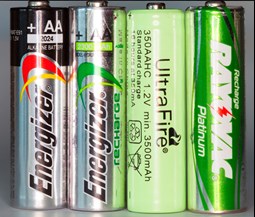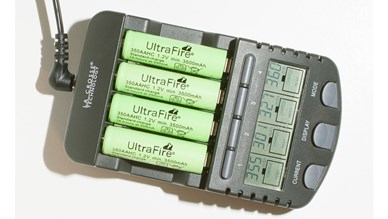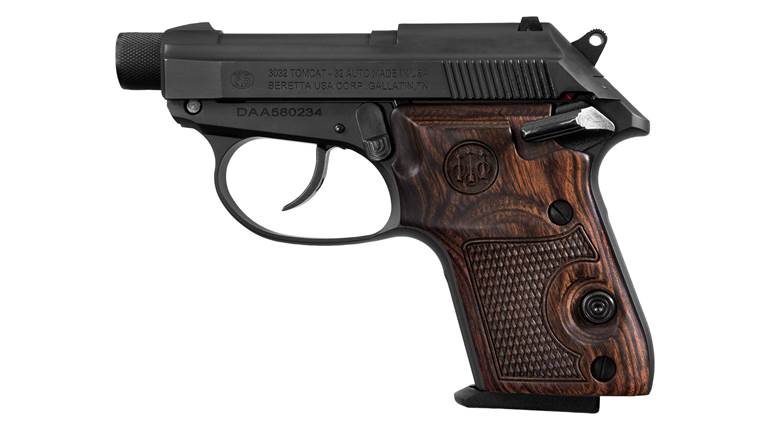When the unthinkable happens, the odds are good a lot of the gear you’ve assembled to survive the emergency relies on batteries—rechargeable if you’re as budget conscious as me—but those NiMH cells in your tactical flashlight, headlamp, weather radio or emergency strobe may not be what you think.
My backup gear got a workout recently after an ice storm killed power for 72 hours, which launched me on a search for more powerful rechargeable batteries as a backup for my handheld devices. One keyboard warrior had nothing but glowing praise for some AA-sized nickel metal hydrides (NiMh) he purchased off eBay, pointing to each cell’s claim of 3,500 milliamp hours (mah) of storage capacity at a price of only $6 for four, shipping included.
I bought a foursome of the questionable units, although I knew better. It can be a little confusing for most people to translate advertised power ratings into real-world performance, so I wanted to demonstrate their lethargy in simpler terms.
When the batteries arrived, I charged and installed them in my Cabela’s Alaskan Guide headlamp. The current model has an LED for the main white light, but my old model has a power-sucking tungsten white bulb instead of the new and energy-efficient LED. Obviously, it’s stood the test of time.
The older bulb would allow me to take time lapses as the fake batteries drained, and compare them to the performance of the allegedly lower-rated and legitimate Energizers. The eBay purchase so highly recommended kept the light on for slightly more than 40 minutes. I repeated the test and useful light was available for about a half hour. Results were roughly the same after using a different charger, which even refused to charge one of the batteries (the headlamp takes only three cells, so I discarded the bad one for testing).

Left, three legitimate batteries, including a non-rechargeable one, with the fake battery in the middle (slightly shorter). It won’t make a “contact” difference because the negative sides in any electronic device that takes AA are spring loaded, but it could lead to annoying intermittent stoppages during movement or vibration. Right, the fake UltraFires beginning their charging cycle on the smart charger, with the display showing how much trickle charge is going in prior to the unit discharging to measure and recharge.
You might think that’s just about what to expect, but my old and abused Energizers kept the light on for four hours—when my camera battery died first after taking a photo every 10 seconds. I recharged everything and these batteries lasted 4 1/2 hours.
The difference is significant, even if the flashlight is pressed into relatively mundane service, like keeping things lit while awaiting AAA to tow a car out of a ditch. The lack of performance could become more life threatening in a critical application, though. 

Physical inspection makes it obvious the units are fake/counterfeit. They weigh about half as much as the Energizers, are slightly shorter and, more importantly, there are no vents visible on the positive contact I could find. Tiny holes on the legitimate cells allow slight off-gassing should it become necessary as things heat up during charging (tiny little IEDs, of sorts). I guess they aren’t really necessary on batteries my smart charger indicate are really less than 400 mah. The Energizer’s all came in at more than 2,000 milliamp hours, despite their age and repeated abuse.


Left, one of the four tiny vents found on a real Energizer NiMH, which are put there by legitimate companies in case any off-gassing occurs during charging (otherwise they can overheat, bulge or worse). Right, a fake battery without any vents, and already leaking something through the plastic—despite the fact they were brand new.
UltraFire is a legitimate company that’s issued multiple warnings about counterfeits. Unfortunately, some “experts” are issuing advice that only makes the theft worse. And, ironically, the real bargain is to spend twice as much for real batteries through an authorized dealer, because they’ll provide five times the energy when you really need it.

























